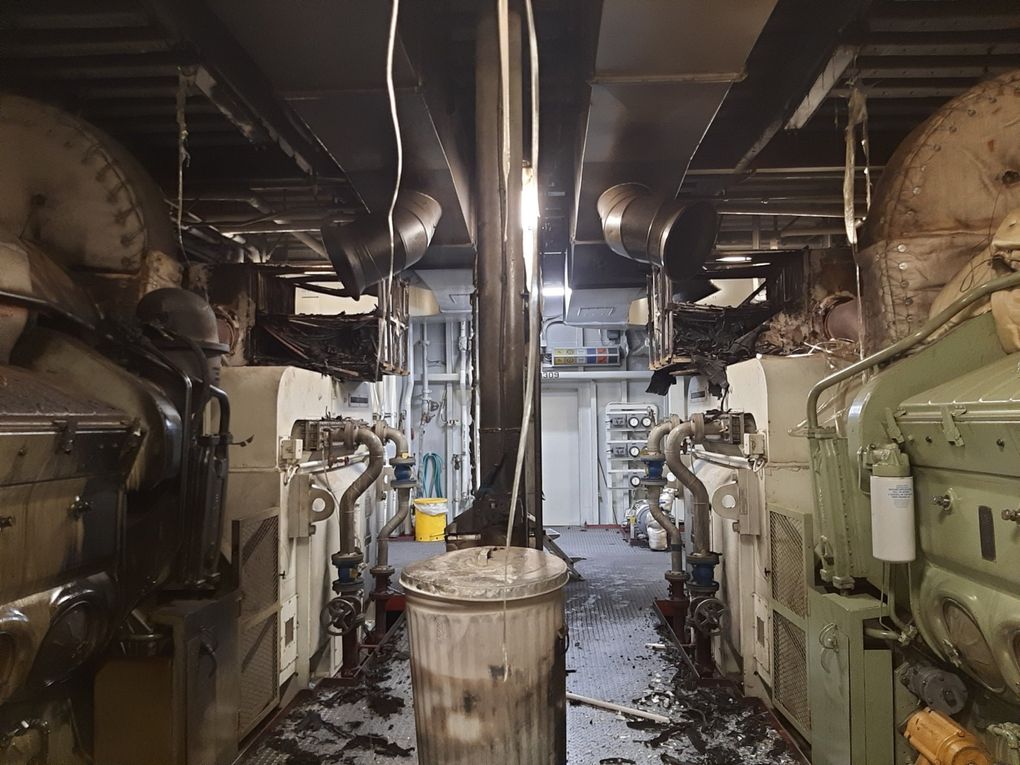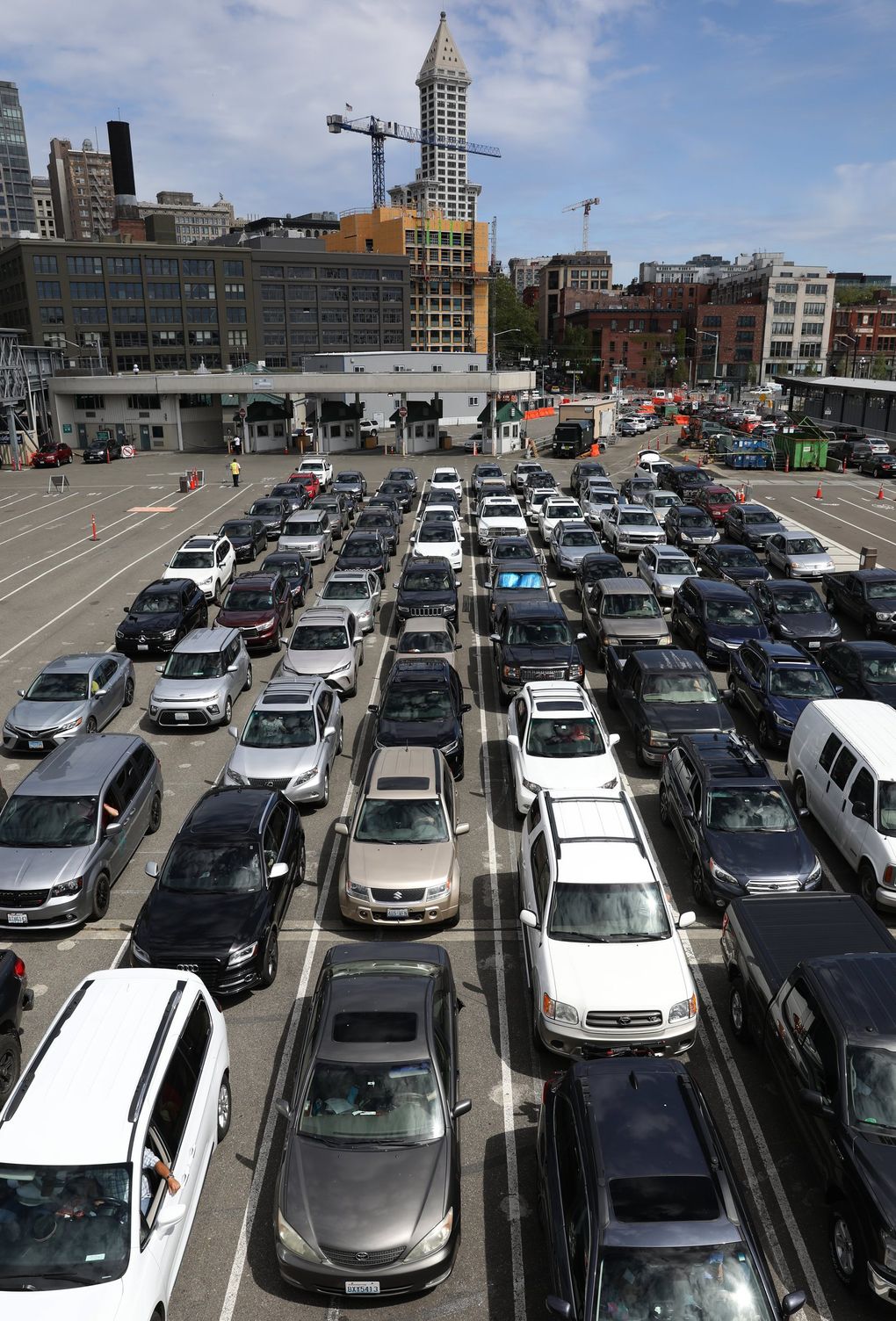People traveling across Puget Audio can anticipate delays this summer season, for the reason that final month’s hearth aboard the ferry Wenatchee has compelled the state to use smaller vessels than typical on various routes.
Washington Point out Ferries plans to run 18 vessels in mid-summertime as an alternative of the regular peak fleet of 19 boats, agency spokespersons explained. Right now the depend is 16 boats in provider, to improve a little bit June 27.
Other than a decreased selection of ferries, condition officials say crew shortages and quarantines connected to COVID-19 additional limit capacity, just as peak journey time starts. Decrease-potential schedules consider effect Thursday evening.
The jumbo ferry Wenatchee continues to be docked at Eagle Harbor on Bainbridge Island pursuing the April 22 hearth.
That blaze occurred in the diesel engines through a exam cruise, adhering to an engine rebuild. It’s becoming investigated by Washington Condition Ferries, the U.S. Coast Guard and National Transportation Protection Board.

The Wenatchee, just one of the state’s three greatest ferries, may possibly be idle four to six months though administrators don’t have a time or price tag estimate nonetheless, said WSF spokesperson Ian Sterling.
With that boat docked, the state loses capacity for 202 cars and 1,791 travellers. (The existing Coastline Guard license, which presumes 15 crew customers skilled in evacuations, doesn’t make it possible for the boat’s whole capability of 2,500 individuals.)
For now, the Seattle-Bainbridge route will operate with the 202-motor vehicle Tacoma, paired with the smaller sized 188-car or truck Walla Walla or 144-vehicle Kaleetan. The Seattle-Bremerton route will consist of the slower 64-automobile Salish, and drop just one early-afternoon round trip, right up until at least June 27.
The Mukilteo-Clinton line, which carries the most cars, will function with a person vessel lesser than regular.
The Port Townsend-Coupeville route will use only just one boat from June 7 to 27, though the Fauntleroy-Vashon-Southworth triangle won’t maximize to 3 boats until eventually at least June 7.
Though the massive ferries Puyallup and Tacoma are even now jogging, they are capped at 450 wander-on riders, to make certain 6-foot social distancing.

WSF hasn’t experienced to transform walk-on riders away given that the coronavirus outbreak started in March 2020, but as vaccinations improve and extra seats open up to Mariners and Sounders FC enthusiasts, need could rise. It’s unclear how several downtown workplace commuters will return this summer season.
Even though the commuter-dominated Bainbridge-Seattle route nonetheless serves only fifty percent its typical ridership, ferries outside of Seattle have at minimum 80% of usual levels, creating a person- or two-hour delays for drivers on some busy weekends.

Fleet assignments will likely improve, primarily if a boat breaks down. WSF will announce improvements through online bulletins.
Anacortes ferries to the San Juan Islands will operate as standard, and are previously fuller than common some times. But journeys to Sidney, B.C., stay suspended for the reason that of COVID-19-related border closures. Otherwise, the fleet would be stretched a boat thinner, Sterling mentioned.
“We’re equipped to sustain company, but if a person boat goes out what can you do?” he claimed. “This is a excellent strategy, delivered very little goes improper.”
In other ferries news, WSF opened its pedestrian walkway onto vessels at its rebuilt Mukilteo terminal April 26, although Kitsap Transit introduced a rapidly Southworth-Seattle passenger-only ferry.
The King County H2o Taxi has returned to complete summer schedules, such as seven-working day support to West Seattle.
And state lawmakers, in the new 2021-23 state price range, permitted $177 million to establish a new hybrid ferry at Vigor Industrial in Seattle, and retrofit two boats with rechargeable batteries — to cut down or do away with diesel burning.

